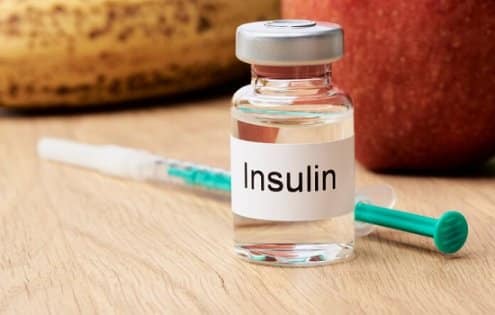What is an Insulin Reaction?
A medical phenomenon that happens only when the blood sugar levels fall into a low point is referred to as insulin reaction. It is also classified as insulin shock, pertaining to a medical condition called hypoglycemia. Once it worsens, possible health complications on a severe range are likely to happen, with confusion and unconsciousness as the first symptoms.
This medical condition can happen at any time. It can occur without you knowing it! An insulin reaction will still likely trigger even if you are only trying your very best to manage diabetes! Being aware of the disease and its symptoms can help in controlling and preventing the disorder.
Skipping meals makes one of the major causes of an insulin reaction. When this condition is left untreated, insulin reaction can lead to severe health dilemmas. Once this occurs, urgent medical care must be given to the patient. Note that insulin reaction can cause coma, or worse, death. Get immediate treatment and take necessary medical precautions to prevent the condition from worsening.
Signs and Symptoms
The signs and symptoms of insulin reaction are categorized based on its severity, whether it be mild or severe. These are as follows:
Mild Symptoms of Insulin Reaction:
- Confusion (inability to think quickly)
- Unconsciousness (being the initial sign of an insulin reaction)
- Dizziness and mild headache
- Increased hunger (since the body is lacking glucose, the body keeps on wanting food for glucose storage)
- Shakiness
- Irritability
- Sweating or perspiration
- Irregular heartbeat
- Poor coordination of the body
Severe Symptoms of Insulin Reaction:
- Seizures
- Nausea
- Vomiting
- Coma (a deep state of prolonged unconsciousness)
- Stroke (may include paralysis or numbness on some parts of the body, vision problems, trouble talking and walking)
- Severe headache or migraine
- Hypothermia (defined as low body temperature, body core temp is below 35.0 °C)
Should any of these signs and symptoms persist for a long period, seek medical care immediately. Notify your healthcare professional of the possibility of having an insulin reaction.
Causes of Insulin Reaction
There are a few causes of an insulin reaction. Consider the following factors to know how to prevent acquiring this condition.
- Food intake – The amount of food intake can also affect the amount of insulin in the body. If an imbalance between the two occurs, an insulin shock is likely to happen.
- Alcohol – Consuming alcohol vigorously can interfere with some bodily functions. It can affect the medications you are taking in treating diabetes.
- Missed meals or skipping meals – This factor is the most common cause of insulin reaction. When someone with diabetes missed a single meal, it can automatically affect the system. Inability to eat while being injected with insulin may put someone at risk. Note that the amount of insulin injected must be in balance with the food you eat.
- Physical activities – Exercising uses energy, and the energy used is from glucose. Once too much sugar is used, the sugar levels also decrease.
Treatment and Prevention
Insulin reaction treatment involves increasing blood sugar levels. The treatment follows injecting a concentration of glucose solution into the patient. Other than that, a person may be hospitalized for further observation and treatment. Stabilizing his/her blood sugar levels is the main target. Furthermore, for those living with diabetes, strict compliance with their treatment program must be followed. This is to keep the blood sugar levels in a normal range. Other than taking their medications, following a strict diet and accurate insulin treatment is also the basis of healthy living.
Doctor’s Recommendation
—
Disclaimer: Please note that the contents of this community article are strictly for informational purposes and should not be considered as medical advice. This article, and other community articles, are not written or reviewed for medical validity by Canadian Insulin or its staff. All views and opinions expressed by the contributing authors are not endorsed by Canadian Insulin. Always consult a medical professional for medical advice, diagnosis, and treatment.



